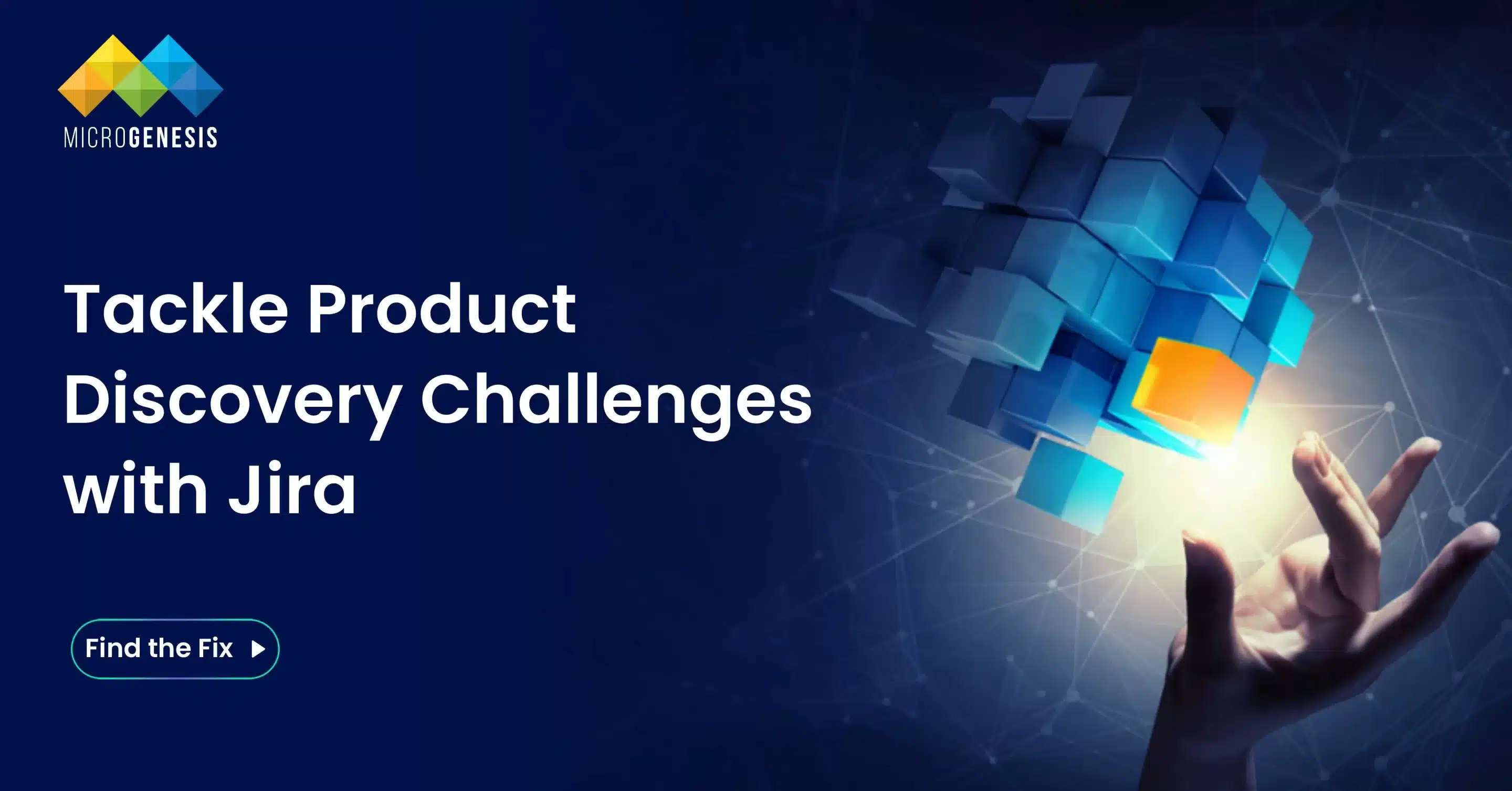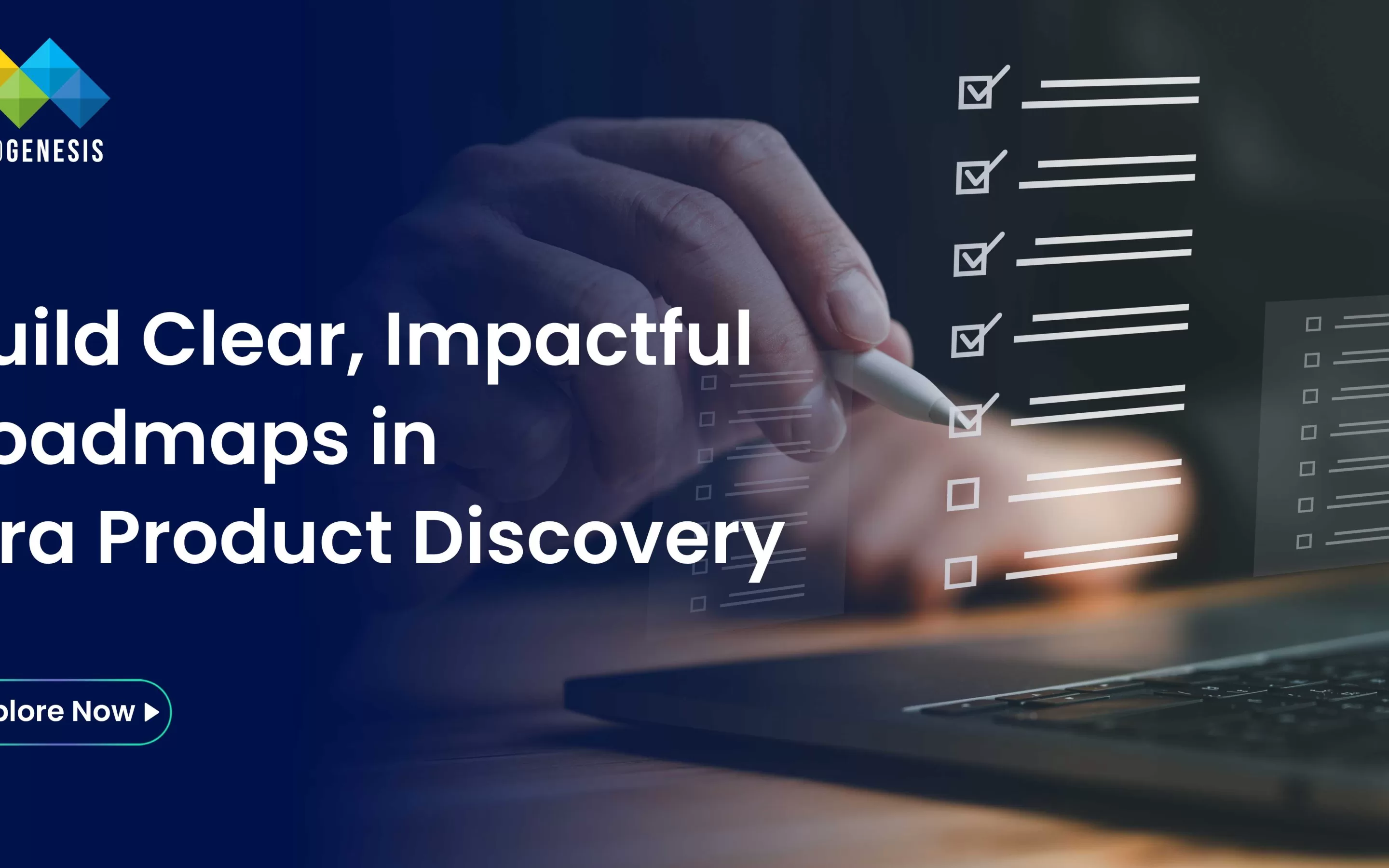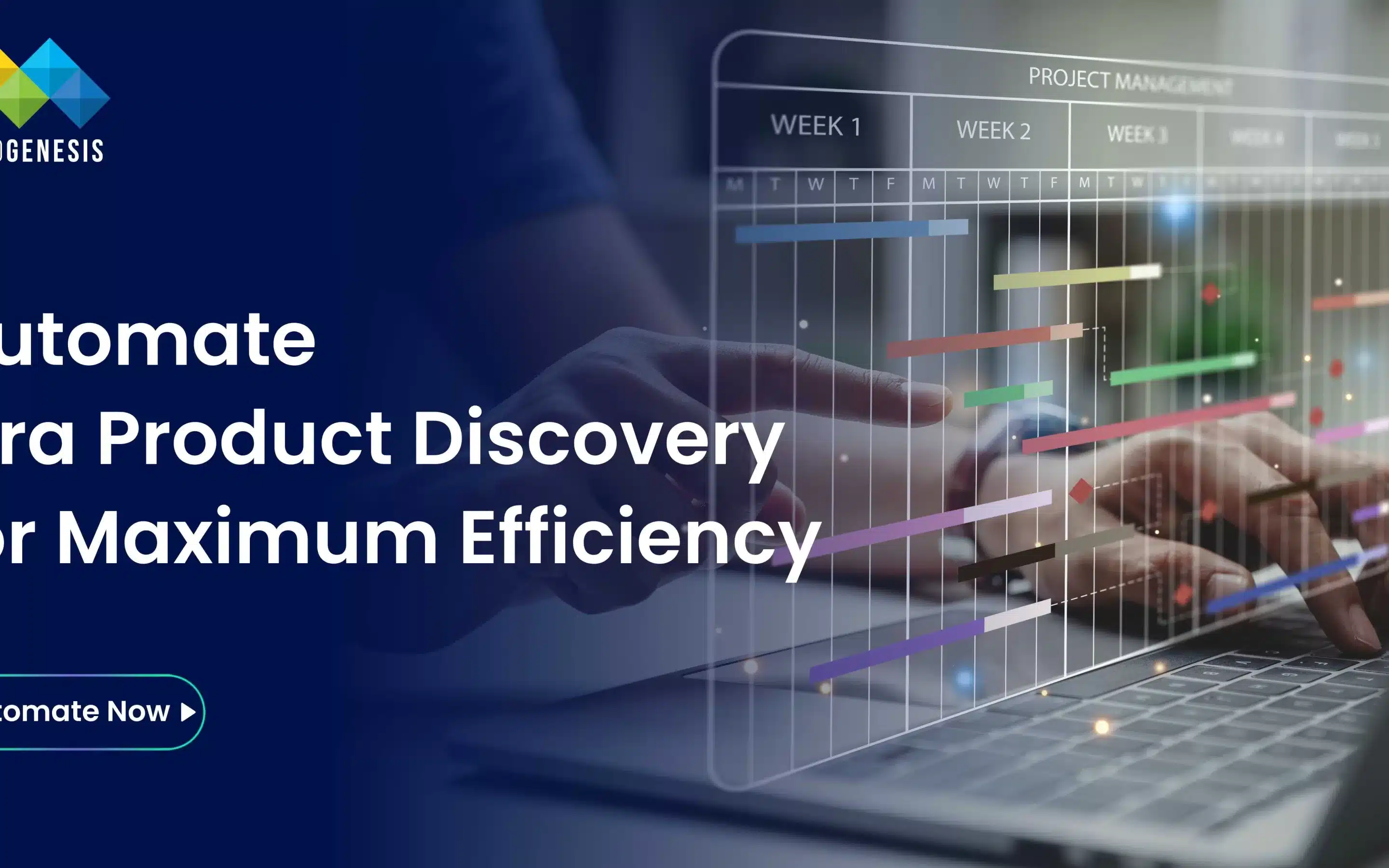1. Introduction
Product discovery is a critical phase in modern product development, allowing teams to identify, validate, and prioritize ideas that deliver real customer value. However, organizations often face significant challenges in managing this process effectively, including information overload, misalignment between teams, data gaps, and resistance to change.
Jira Product Discovery is designed to address these pain points by centralizing ideas, providing prioritization tools, and fostering collaboration. In this blog, we will explore the common challenges in product discovery, how they impact teams, and practical strategies to overcome them using Jira Product Discovery.
2. Challenge 1: Information Overload
2.1 The Problem
In large organizations or high-growth startups, ideas can come from multiple sources simultaneously — customer feedback, internal teams, surveys, analytics, and competitor research. Without a structured approach, teams often feel overwhelmed by the sheer volume of ideas, leading to slower decision-making, missed opportunities, and confusion about priorities.
2.2 The Solution with Jira Product Discovery
- Categorization and Tagging: Organize ideas by product area, initiative, or theme.
- Example: Tag ideas as “Mobile App,” “Performance,” or “Customer Request” for easy filtering.
- Scoring Systems: Use frameworks like RICE (Reach, Impact, Confidence, Effort) or custom metrics to rank ideas.
- Filters and Dashboards: Create views for high-priority ideas to help teams focus on what matters most.
By systematically filtering and scoring ideas, Jira Product Discovery reduces cognitive load and helps teams focus on high-impact initiatives.
3. Challenge 2: Misalignment Between Teams
3.1 The Problem
Different teams — engineering, design, marketing, or customer success — often interpret priorities differently. Misalignment leads to conflicting workstreams, duplicated efforts, and slower delivery.
3.2 The Solution with Jira Product Discovery
- Shared Views: Use boards, matrices, and timelines to communicate priorities.
- Centralized Roadmaps: Roadmaps in Jira Product Discovery provide a single source of truth for strategic goals and initiatives.
- Cross-Team Workshops: Collaborate on prioritization sessions using visual views to reach consensus.
Example: A product manager can share a timeline roadmap highlighting top-priority features for the next quarter. Engineering and marketing teams can see dependencies and adjust plans accordingly.
Key Benefit: Clear alignment ensures faster decision-making, fewer conflicts, and improved delivery predictability.
4. Challenge 3: Lack of Data for Prioritization
4.1 The Problem
Without data, prioritization often becomes subjective, based on intuition or influence rather than evidence. This can result in low-value ideas consuming time and resources.
4.2 The Solution with Jira Product Discovery
- Integrate Data Sources: Pull in insights from analytics, CRM platforms, or customer surveys.
- Attach Supporting Evidence: Link ideas to relevant data, such as usage statistics, revenue potential, or user feedback.
- Scoring Metrics: Apply frameworks like RICE or custom scoring to quantify value and effort.
Example: If a new feature has high customer demand but requires extensive engineering effort, the scoring system can highlight trade-offs, guiding strategic decisions.
By embedding data directly into the discovery process, teams make more objective, defensible prioritization choices.
5. Challenge 4: Resistance to Change
5.1 The Problem
Adopting new tools like Jira Product Discovery can meet resistance, especially in teams accustomed to spreadsheets, emails, or legacy systems. Fear of learning curves and workflow disruptions can slow adoption and reduce ROI.
5.2 The Solution
- Start Small: Implement Jira Product Discovery for a pilot team or project before scaling.
- Demonstrate Early Wins: Highlight efficiency gains, improved alignment, or faster prioritization from the pilot.
- Training and Onboarding: Conduct workshops and create internal documentation.
- Iterative Adoption: Gradually expand to other teams while refining workflows.
Example: Begin by tracking ideas for a single product area and automate scoring and notifications. Once the team sees improved clarity and reduced manual work, expand usage to other areas.
6. Challenge 5: Ineffective Communication
6.1 The Problem
Even with prioritization tools, poor communication can derail product discovery. Teams may not share updates, progress, or rationale behind decisions, resulting in misunderstandings or duplicated work.
6.2 The Solution with Jira Product Discovery
- Comments and Notes: Encourage teams to add context, feedback, or discussions directly to ideas.
- Notifications: Automatically notify relevant stakeholders of status changes, new ideas, or approvals.
- Shared Dashboards: Visual dashboards provide real-time insights for all teams.
Example: When a high-priority idea moves to “Ready for Execution,” Jira Product Discovery can notify engineering, design, and marketing teams, ensuring everyone is aligned.
7. Challenge 6: Difficulty Measuring Impact
7.1 The Problem
Without clear KPIs, it’s challenging to know whether the product discovery process is driving real business outcomes. Teams may implement ideas without understanding impact, reducing accountability.
7.2 The Solution with Jira Product Discovery
- Track Conversion Metrics: Monitor idea-to-implementation rates.
- Measure Cycle Time: Evaluate how long ideas take to move from submission to execution.
- Monitor Stakeholder Engagement: Track participation in reviews, comments, and approvals.
- Business Outcomes: Connect ideas to revenue, adoption, retention, or user satisfaction metrics.
Example: A quarterly review dashboard showing top-priority ideas implemented and their impact on customer retention provides actionable insights for strategy refinement.
8. Best Practices for Overcoming Challenges
Successfully navigating the complexities of product discovery requires more than just the right tools—it demands structured processes, disciplined practices, and cross-functional collaboration. By implementing the following best practices in Jira Product Discovery and partnering with expert Jira service providers, organizations can address common challenges effectively, improve efficiency, and ensure that the team focuses on delivering meaningful customer value.
1. Centralize Ideas
Why it matters: Dispersed ideas across emails, spreadsheets, and multiple tools create inefficiencies, duplications, and missed opportunities. Centralizing all submissions ensures visibility, traceability, and accessibility.
How to implement:
- Use Jira Product Discovery as a single repository for all ideas, feedback, and insights.
- Encourage stakeholders from engineering, marketing, support, and design to submit ideas directly into the platform.
- Regularly audit submissions to merge duplicates and maintain a clean backlog.
Example: A SaaS company implemented a central idea hub in Jira Product Discovery, reducing duplicated requests by 50% and enabling product managers to quickly identify top-priority initiatives.
2. Use Scoring and Prioritization Frameworks
Why it matters: Subjective prioritization often leads to wasted resources on low-impact initiatives. Frameworks like RICE, MoSCoW, or custom scoring ensure decisions are data-driven and objective.
How to implement:
- Assign scores to each idea based on reach, impact, confidence, and effort (RICE) or categorize by Must-Have, Should-Have, Could-Have, and Won’t-Have (MoSCoW).
- Display scores directly in Jira Product Discovery dashboards for easy visibility.
- Use scoring to guide discussions during prioritization workshops or roadmap planning.
Example: An e-commerce company used RICE scoring to rank product improvements, which highlighted several high-impact, low-effort ideas that were previously overlooked, accelerating their release by one sprint.
3. Automate Repetitive Tasks
Why it matters: Manual tracking, notifications, and status updates consume time and increase the risk of errors. Automation ensures consistency, reduces administrative overhead, and keeps teams focused on strategic priorities.
How to implement:
- Set up automated notifications when an idea is moved to a new status or assigned to a team member.
- Automatically tag ideas based on category, product area, or team ownership.
- Use recurring automation for periodic reporting or review reminders.
Example: By automating status updates and notifications, a SaaS company reduced administrative work by 30%, allowing product managers to dedicate more time to strategic discovery and stakeholder alignment.
4. Foster Collaboration
Why it matters: Product discovery is inherently cross-functional. Engaging multiple teams ensures better idea validation, diverse perspectives, and shared ownership of outcomes.
How to implement:
- Hold regular prioritization workshops using visual views like matrices or boards.
- Share roadmaps and dashboards with engineering, design, marketing, and customer success teams.
- Enable commenting and discussion on ideas within Jira Product Discovery to capture insights directly.
Example: A healthcare tech company involved customer support and UX teams in idea scoring sessions. This collaboration surfaced overlooked pain points, resulting in higher adoption and improved customer satisfaction.
Learn More: How to Prioritize Ideas in Jira Product Discovery: Frameworks & Tactics
5. Iterate and Improve
Why it matters: Product discovery is not static. Teams must continuously refine workflows, scoring criteria, and metrics to respond to changing market conditions, customer needs, and organizational priorities.
How to implement:
- Regularly review scoring frameworks to ensure they reflect business objectives.
- Conduct quarterly audits of workflows, dashboards, and visual views to identify bottlenecks.
- Collect feedback from stakeholders on usability and effectiveness of discovery processes.
Example: A fintech startup conducted quarterly retrospectives on their discovery process. They refined their scoring criteria and adjusted automation rules, which improved idea-to-implementation conversion by 25% over six months.
9. Case Study Example
A mid-sized SaaS company struggled with information overload and misaligned priorities. Ideas came from multiple teams, but without centralization or scoring, the product team wasted hours manually reviewing submissions.
Implementation:
- Consolidated all ideas in Jira Product Discovery.
- Implemented RICE scoring and automated notifications for high-priority ideas.
- Created visual boards and matrices for prioritization workshops.
- Linked high-value ideas to Jira Software for execution tracking.
Results:
- Reduced manual review time by 60%.
- Improved cross-team alignment and decision-making.
- Increased implemented idea-to-submission ratio by 35%.
- Enhanced visibility of impact metrics and ROI from implemented ideas.
This demonstrates how Jira Product Discovery can transform product discovery from a chaotic process into a structured, data-driven workflow.
10. Conclusion
Product discovery is inherently complex, but the right tools and strategies make it manageable, efficient, and outcome-focused. Jira Product Discovery addresses the key challenges teams face, including:
- Information overload
- Misalignment between teams
- Lack of data for prioritization
- Resistance to change
- Ineffective communication
- Difficulty measuring impact
By centralizing ideas, leveraging scoring frameworks, automating workflows, and fostering collaboration, product teams can ensure that the most valuable ideas are identified, validated, and delivered efficiently. With expert Jira consulting services from MicroGenesis, a trusted digital transformation consultant, organizations can adopt these approaches effectively, transforming product discovery from a reactive process into a structured, strategic, and high-impact workflow.




